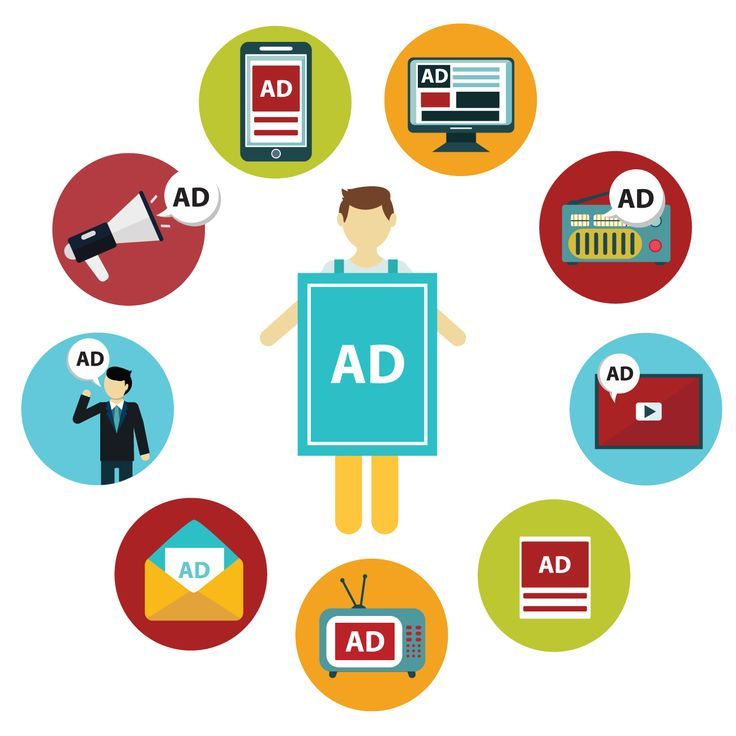Google Ads

Why Google Ads
Google Ads helps businesses reach a vast audience by targeting users based on keywords, location, and interests. You only pay for clicks, making it cost-effective. It offers quick results, multiple ad formats, and detailed performance tracking to drive traffic and leads, giving businesses an edge online.
My Approach to Google Ads
My approach to Google Ads includes setting clear goals, reaching the right audience, making attractive ads, and improving results through analysis and testing.
1. Define Clear Goals
- What do you want to achieve?
- Increase website traffic?
- Generate leads?
- Boost sales?
- Brand awareness?
- Having specific, measurable goals is crucial to optimizing campaigns effectively.
2. Understand Your Audience
- Demographics: Know the age, gender, income level, and location of your audience.
- Psychographics: Understand their interests, pain points, and purchasing behavior.
- Search Intent: Identify the types of searches your audience makes related to your products/services.
3. Keyword Research
- Use Tools: Google Keyword Planner, Ahrefs, SEMrush to find keywords relevant to your business.
- Long-tail Keywords: Focus on specific, less competitive keywords that show high intent. For example, instead of bidding on “shoes,” bid on “buy leather shoes online.”
- Negative Keywords: Exclude irrelevant traffic by using negative keywords (e.g., add “free” if you don’t offer free services).
4. Campaign Structure
- Account Organization:
- Campaign Level: Set campaigns based on goals (e.g., Search Network, Display Network, Shopping).
- Ad Group Level: Group similar ads and keywords together.
- Types of Campaigns:
- Search Campaigns: For text-based ads triggered by keywords.
- Display Campaigns: For banner ads on the Google Display Network.
- Shopping Campaigns: If you have products to showcase.
- Video Campaigns: Ideal for YouTube ads.
- Remarketing Campaigns: Re-target users who’ve previously visited your site.
5. Ad Copy & Extensions
- Ad Copy Tips:
- Keep it clear and concise.
- Include a compelling call-to-action (CTA).
- Highlight unique selling propositions (USPs) like “Free Shipping” or “24/7 Customer Support.”
- Ad Extensions: Use site link extensions, call extensions, location extensions, and price extensions to add more value and detail to your ads.
6. Landing Page Optimization
- Relevance: Ensure your landing page aligns with the ad copy and keyword intent.
- Speed: Make sure the page loads quickly on mobile and desktop.
- Clarity: Have clear CTAs, minimal distractions, and user-friendly designs.
- Conversion Rate Optimization (CRO): Test different elements of the landing page (headlines, CTAs, forms) to improve conversion rates.
7. Budgeting & Bidding Strategy
- Budget: Start with a modest daily budget and scale based on results.
- Bidding: Use automated strategies like Target CPA (Cost Per Acquisition) or Target ROAS (Return on Ad Spend) or manual CPC if you want full control.
- Monitor Quality Score: Higher scores can lower CPC. Focus on ad relevance, landing page experience, and expected click-through rate (CTR).
8. Tracking & Analytics
- Google Analytics & Conversion Tracking: Set up conversion tracking for actions like purchases, form submissions, or sign-ups.
- Set KPIs: Track key performance indicators like click-through rate (CTR), cost per click (CPC), conversion rate, and return on ad spend (ROAS).
- A/B Testing: Regularly test ad copy, landing pages, and bid strategies to optimize performance.
9. Monitor & Optimize Regularly
- Performance Review: Check your campaigns weekly to see what’s working and what needs adjustment.
- Pause Underperforming Keywords: Cut out non-performing ads or keywords that are wasting your budget.
- Refine Targeting: Optimize demographic, geographic, or device targeting as you gather more data.
10. Remarketing
- Reconnect with Previous Visitors: Use remarketing to show tailored ads to users who visited your site but didn’t convert.
- Dynamic Remarketing: Show specific products or services the user viewed before leaving the site.
Bonus Tips:
- Use Google’s Smart Bidding: Leverage Google’s AI for bid automation based on your campaign goals.
- Competitor Research: Regularly monitor competitors’ ads and strategies using tools like SpyFu or SEMrush.
- Responsive Search Ads: Allow Google to test different combinations of headlines and descriptions to find the best-performing ad.
Conclusion
By carefully planning, executing, and optimizing your Google Ads strategy, you can increase the effectiveness of your campaigns, drive better traffic, and achieve your business goals. Regularly review performance data to keep improving your approach.